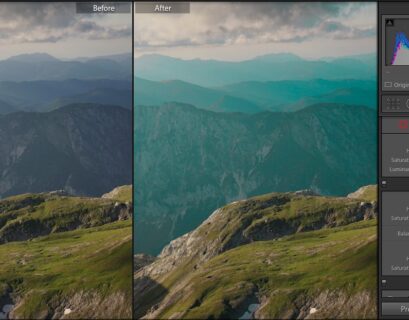As photographers, we’re often drawn to the majesty of the natural world. Landscapes offer a unique opportunity to capture the beauty of the world around us, from the rugged grandeur of mountains to the serene tranquility of a peaceful lake. But taking a good landscape photo requires more than just pointing your camera at the scenery and clicking the shutter. It takes skill, patience, and a deep understanding of the elements that make a great landscape photo. In this article, we’ll explore the key factors to consider when capturing the beauty of the land.
Understanding the Basics
Before we dive into the specifics of taking a good landscape photo, it’s essential to understand the basics of photography. A good landscape photo starts with a solid understanding of exposure, composition, and lighting. Exposure refers to the amount of light that reaches the camera’s sensor, while composition refers to the arrangement of elements within the frame. Lighting, of course, is the lifeblood of any photograph, and in landscape photography, it’s often the most critical element.
Choosing the Right Equipment
When it comes to landscape photography, the right equipment can make all the difference. A good camera with interchangeable lenses is essential, as is a tripod to ensure stability and minimize camera shake. A remote shutter release or camera timer can also help reduce camera shake and ensure a sharp image. A polarizing filter can help reduce glare and enhance colors, while a neutral density filter can help control exposure and create a sense of depth.
Understanding the Golden Hour
The golden hour, that magical time just before sunset when the light is soft and warm, is often considered the holy grail of landscape photography. During this time, the sun’s low angle creates long shadows, adding depth and dimension to the image. The warm light also brings out the colors of the landscape, making it a photographer’s dream. However, it’s not the only time to take a good landscape photo. Overcast skies can create a soft, diffused light that’s perfect for capturing the subtleties of the landscape, while the blue hour, just after sunset, can add a sense of mystery and drama to the image.
Composition: The Art of Framing
Composition is key to creating a compelling landscape photo. The rule of thirds, where the subject is placed off-center, is a good starting point. Leading lines, where the eye is guided through the image, can create a sense of movement and energy. Framing, where the subject is framed by natural or man-made elements, can add depth and context to the image. And don’t forget about negative space – sometimes, leaving some of the frame empty can create a sense of simplicity and elegance.
Working with Light
Light is the lifeblood of any photograph, and in landscape photography, it’s often the most critical element. The golden hour, as mentioned earlier, is a photographer’s dream, but it’s not the only time to take a good landscape photo. Overcast skies can create a soft, diffused light that’s perfect for capturing the subtleties of the landscape, while the blue hour, just after sunset, can add a sense of mystery and drama to the image. And don’t forget about the power of backlight – when the sun is behind the subject, it can create a sense of depth and dimension.
Capturing the Details
While the grand vistas are often the most striking, it’s the details that can make a landscape photo truly memorable. From the intricate patterns of a rock formation to the delicate petals of a wildflower, the details can add texture and interest to the image. A macro lens or extension tubes can help capture these details, while a polarizing filter can help reduce glare and enhance colors.
Post-Processing: The Final Touches
Post-processing is an essential part of the photography process, and landscape photography is no exception. A good understanding of the basics of editing software, such as Adobe Lightroom and Photoshop, is essential. From adjusting exposure and contrast to enhancing colors and reducing noise, the right adjustments can make all the difference in creating a stunning landscape photo.
Conclusion
Taking a good landscape photo requires more than just pointing your camera at the scenery and clicking the shutter. It takes skill, patience, and a deep understanding of the elements that make a great landscape photo. From understanding the basics of exposure and composition to working with light and capturing the details, the key to creating a stunning landscape photo is to be aware of the elements that make it great. With practice, patience, and a willingness to learn, you can capture the beauty of the land and create stunning landscape photos that will leave a lasting impression.










